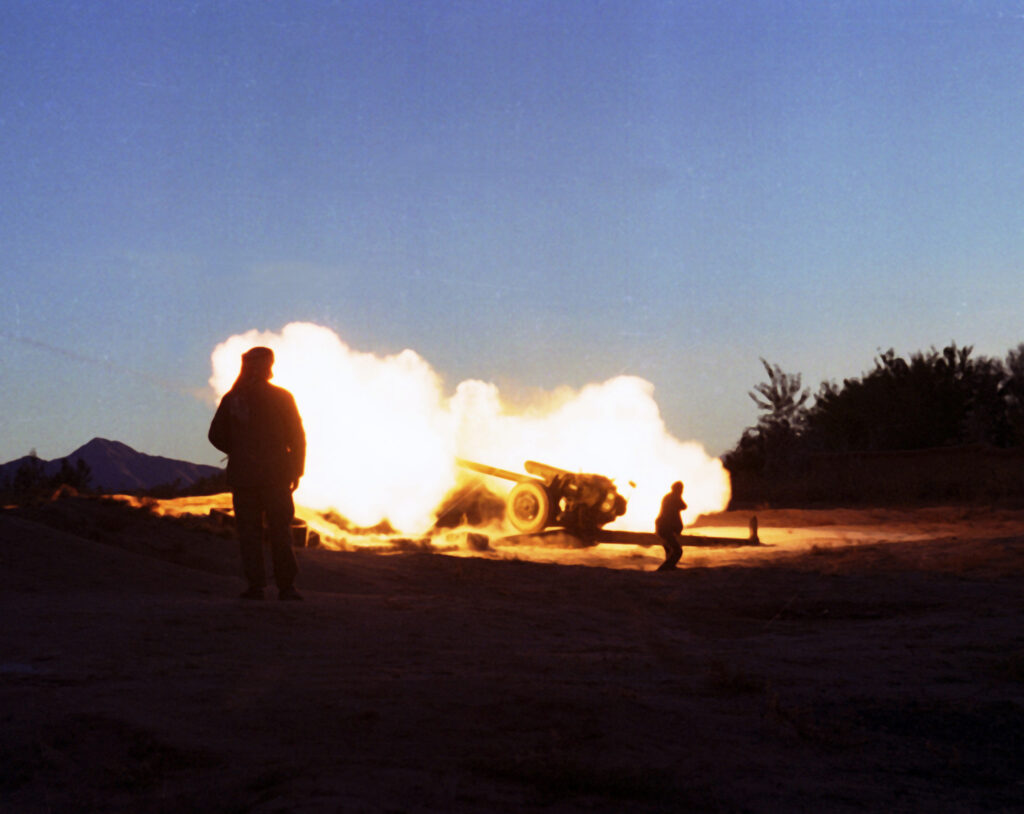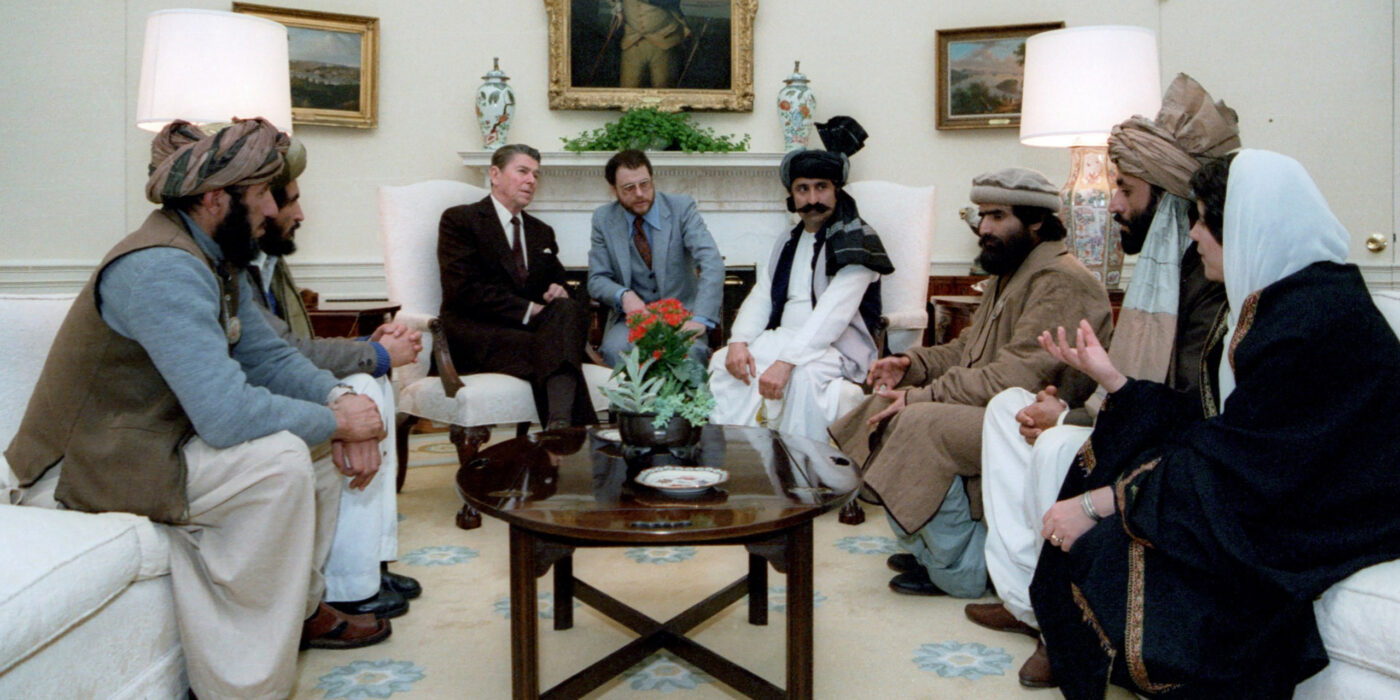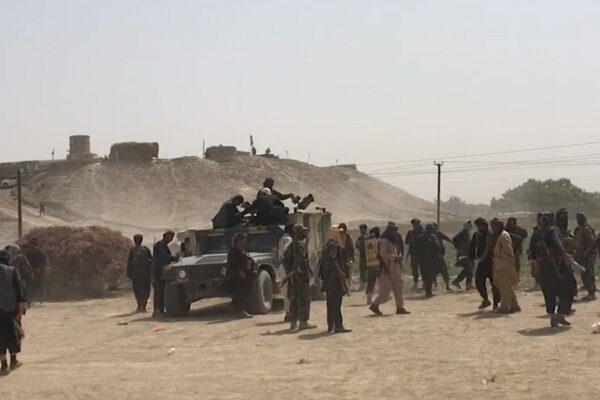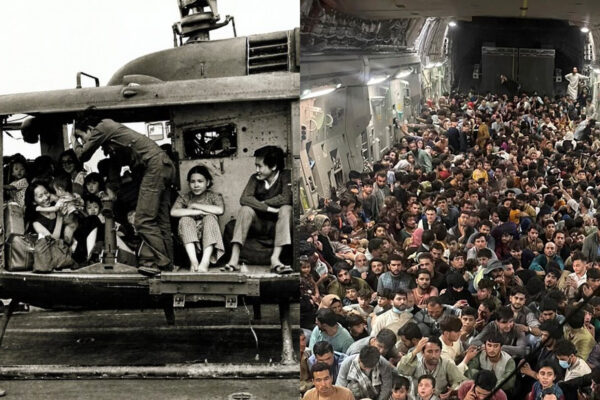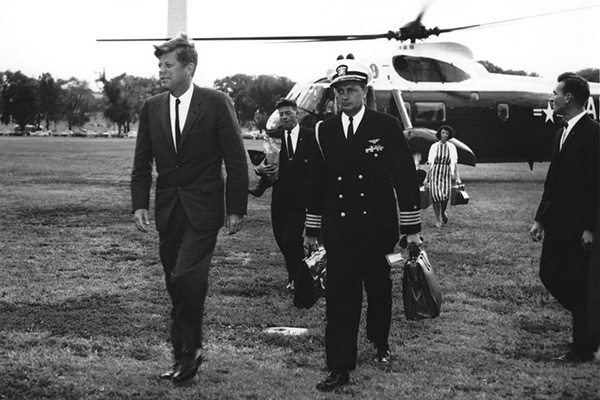Krister Knapp is a teaching professor and the minor adviser in history in Arts & Sciences at Washington University in St. Louis. He teaches courses about conflict and security, including “The Global War on Terrorism,” as well as American intellectual history. He also coordinates the Crisis & Conflict in Historical Perspective series.
The swift fall of Afghanistan to the Taliban apparently signals the end of a nearly 20-year war in that foreboding country. Regardless of one’s position on whether the war was just, we can all be grateful that the cost in blood and treasure is near its end.
But is it? Is this actually the end of the so-called “Forever Wars”? Or is this simply the beginning of the next chapter of U.S/Afghan entanglements?
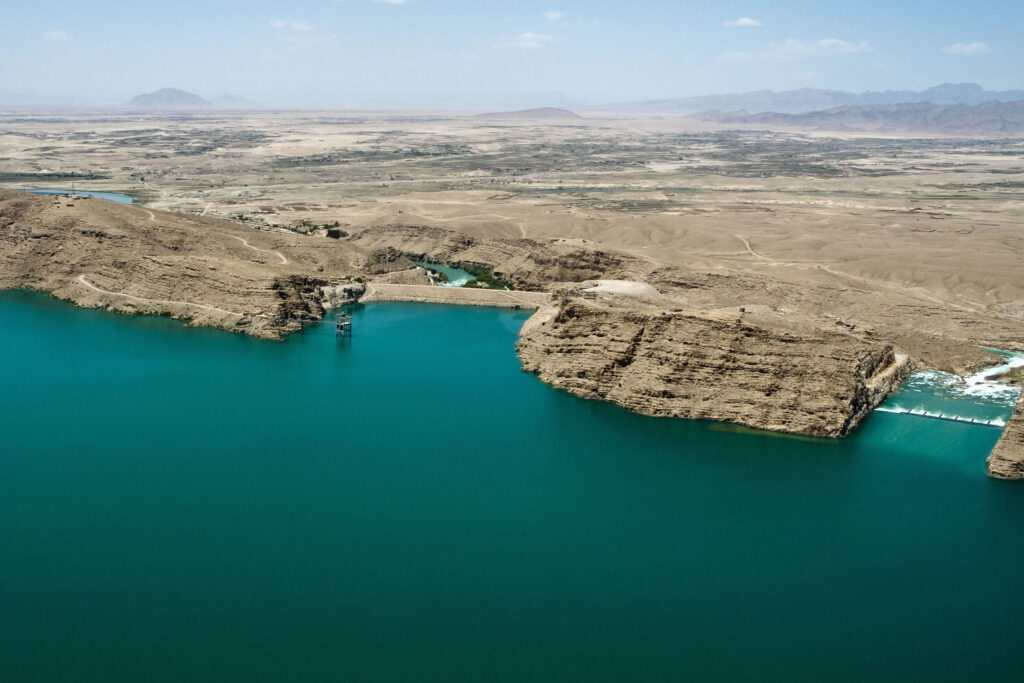
The U.S. government first entered Afghanistan in the 1950s, when it commissioned a private engineering firm to design and build the Kajaki Dam in Helmand province, as part of an international effort to help modernize the country. In 1975, USAID attempted to convert the dam to hydroelectric power, but had to abandon efforts after the Soviet invasion in 1979. During the 1980s, the U.S. supplied insurgents — known collectively in the West as the Mujahedeen (“holy warriors”) — with light arms and Stinger missiles that helped to defeat the Red Army.
In the 1990s, when Afghanistan fell into civil war, the U.S. drastically reduced its presence but never fully left. For example, the CIA retained its relationship with Ahmad Shah Massoud, the leader of the Northern Alliance — a mixture of Tajik, Uzbek and other ethnic fighters that opposed the Taliban during its rule from 1996 to 2001 — and whom the Taliban were never able to drive from strongholds in the Shomali Plains and Panjshir Valley. In the wake of 9/11, this relationship became the basis for the CIA’s famous Jawbreaker mission, which led to the defeat and removal of the Taliban and al-Qaeda from Afghanistan.
From 2002 to 2005, the Taliban were down but not out. From bases in Pakistan, Taliban fighters reassembled and moved against the United Nations-backed, NATO-led International Security Assistance Force. But when the international community quit Afghanistan, in 2014, it was mostly left to U.S. combat troops to prevent a Taliban takeover.
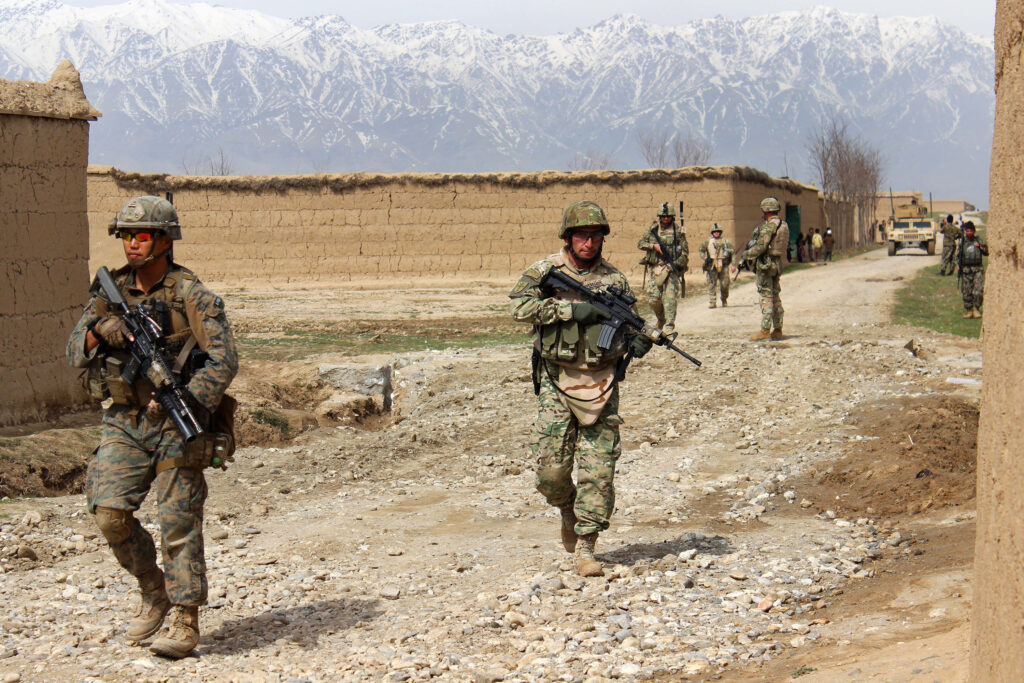
Meanwhile, in the U.S., the war grew increasingly unpopular, with isolationists and critics calling for troop withdrawals. After a brief surge in 2009, President Obama drastically reduced U.S. troop presence in the region — thus allowing the Taliban to begin retaking large swathes of the country. In 2020, President Trump negotiated a weak peace agreement. Last spring, President Biden finally committed to bringing the last U.S. troops home, though the botched withdrawal has forced him to send 6,000 troops back to Afghanistan (more than twice the number that were left at the end).
At this point, we don’t know whether those troops will return stateside as the last U.S. diplomats and civilians are evacuated from Afghanistan, or whether they will remain to safeguard Afghan allies. We also don’t know whether the Taliban will honor its deconfliction agreement and allow safe passage out of the country. But we do know the CIA will keep assets in and near Afghanistan to monitor al-Qaeda, ISIS and other militant Islamists. (According to a UN report issued in June, al-Qaeda has expanded into 15 Afghan provinces). And if any of those groups conduct a terrorist attack against the U.S. at home or abroad, the U.S. military will very likely return in force.
The war in Afghanistan is far from over; it is just moving into its next phase. The U.S. will be there in one form or another, just as it is in Iraq, Syria and other countries in the Middle East.
There is no end to “forever.”
